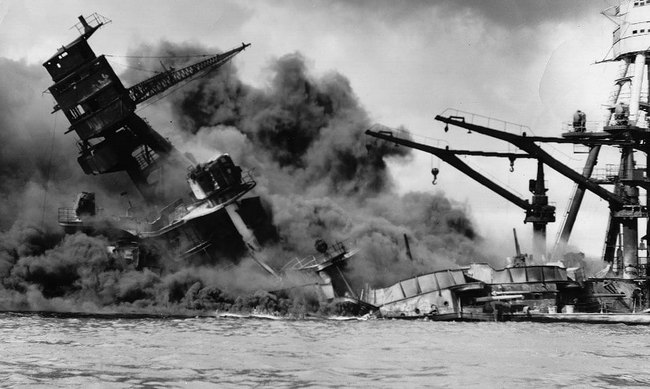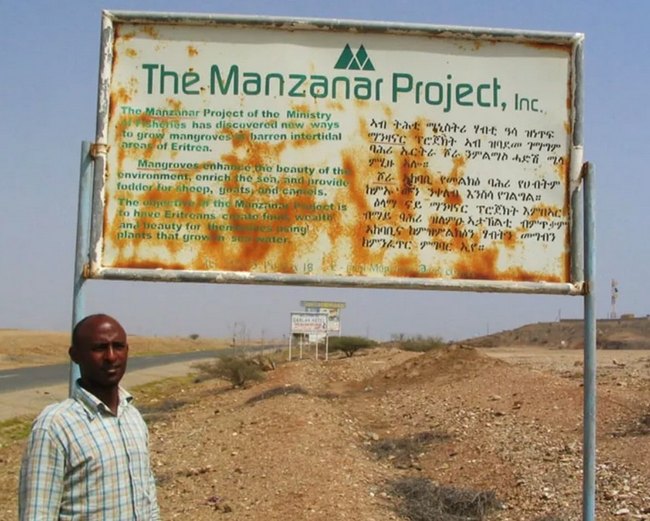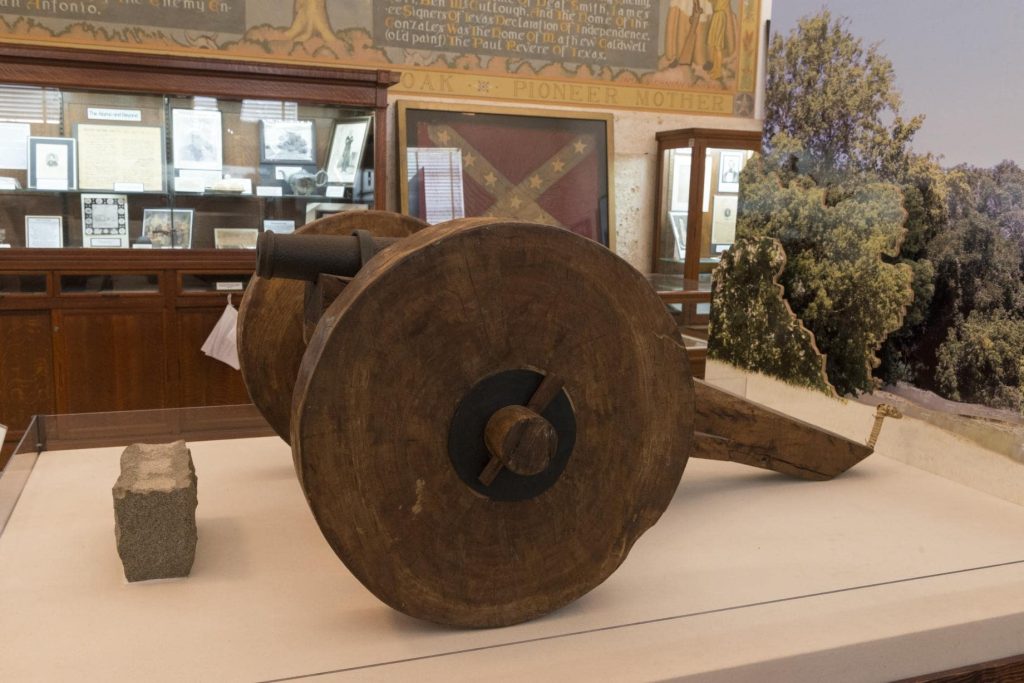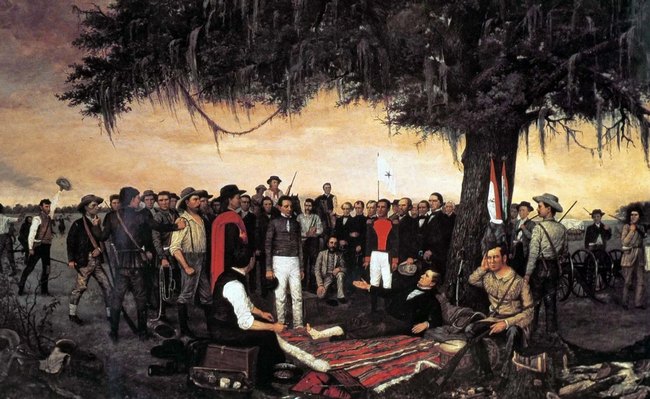
The Manzanar Project was a controversial government initiative that forcibly relocated Japanese Americans to internment camps during World War II. The initiative was a dark chapter in American history, one that is often overlooked or minimized.
This article will explore the history of the Manzanar Project, including its causes, implementation, and impact on the Japanese American community.

Source: www.britannica.com
Causes of the Manzanar Project
In the early 20th century, Japanese Americans made significant contributions to American society, particularly in agriculture and fishing industries. However, they faced intense discrimination and racism, culminating in the forced relocation of Japanese Americans to internment camps during World War II.
The attack on Pearl Harbor by the Japanese in 1941 led to widespread fear and suspicion of Japanese Americans in the United States. The government, fearing that Japanese Americans might act as spies or saboteurs, began to consider the forced relocation of this population.

Source: www.whitehouse.gov
Implementation
In 1942, President Franklin D. Roosevelt signed Executive Order 9066, which authorized the forced relocation of Japanese Americans to internment camps. Over 120,000 Japanese Americans, including men, women, and children, were forcibly relocated to internment camps throughout the western United States.
A Case Study
Manzanar was one of ten internment camps that housed Japanese Americans during World War II. Located in eastern California, it was home to over 10,000 Japanese Americans at its peak. Life in the camp was difficult, with inadequate housing, limited food supplies, and few job opportunities. However, the Japanese American community at Manzanar also showed remarkable resilience and creativity in the face of adversity.
Impact of the Manzanar Project
The forced relocation of Japanese Americans had a profound impact on the community, both during and after the war. Many Japanese Americans lost their homes, businesses, and possessions as a result of the internment, and faced significant challenges in rebuilding their lives after the war ended. The trauma of the internment also had long-term effects on the mental health and well-being of Japanese Americans.
Legacy of the Manzanar Project
The Manzanar Project is now widely recognized as a violation of human rights and civil liberties, and has been the subject of numerous apologies and reparations from the government. However, it remains an important reminder of the dangers of prejudice and discrimination, and the need to remain vigilant in protecting the rights of all people.
FAQ
What was the Manzanar Project, and why was it implemented?
What was life like for Japanese Americans at Manzanar, and how did they adapt to their new circumstances?
What was the impact of the Manzanar Project on the Japanese American community, both during and after the war?
How did the government justify the Manzanar Project, and how has it been viewed in retrospect?
What is the legacy of the Manzanar Project, and what can we learn from it today?

Source: medium.com
Conclusion
The Manzanar Project was a dark chapter in Texas history, one that is often overlooked or minimized. However, its impact on the Japanese American community was profound, and its legacy continues to be felt today. By remembering and learning from this history, we can work to ensure that such injustices are never repeated.


